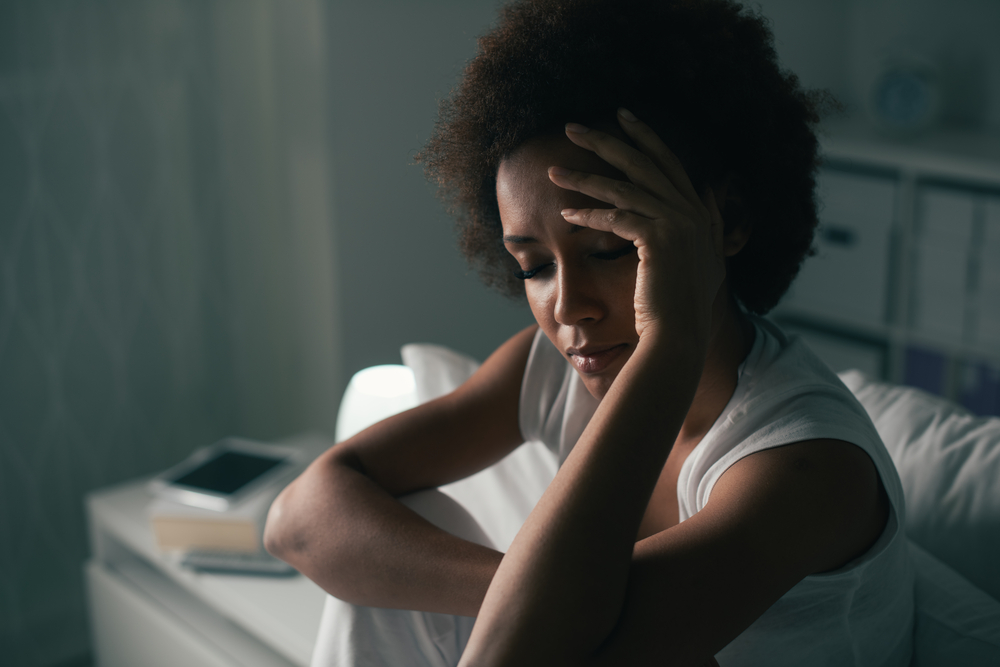June 21, 2017
Because, sometimes they can be easily ignored.


Who hasn’t felt fatigued after some hard work? Or looked a little yellow after a rough weekend?
Unfortunately, common signs of anemia could easily be mistaken for simple exhaustion or maybe even dehydration. The problem, however, is that unknowingly letting your anemia turn severe could be dangerous for your health and could even be deadly.
Anemia is a blood condition that affects the amount of oxygen that runs throughout your body. With more than 400 types of anemia, there are quite a few ways to explain how it works. But essentially the body needs red blood cells, or hemoglobin, to get oxygen to cells in your body. Without the oxygen, you can’t perform the same functions as you could when you were healthy and you begin to exhibit signs of anemia.
But essentially, the body needs red blood cells, or hemoglobin, to get oxygen to cells in your body. Without the oxygen, you can’t perform the same functions as you could when you were healthy and you begin to exhibit signs of anemia.
Anemia affects about 3.5 million Americans and in 2014, the CDC reported 5,219 deaths due to different kinds of anemia. In fact, it’s the most common blood condition in the country and the most at risk are women, young children and people with chronic diseases. In fact, it’s so common that anemia is considered normal, especially for women during pregnancy.
Depending on who you ask or where you search, typical signs of anemia can be different for everyone.
Some of the most common signs include fatigue, dizziness, shortness of breath and headache, pale or yellow skin, leg cramps or restless legs, insomnia, general weakness, among others.
Of the signs listed here, fatigue is the most common. So if you start to notice you’re dozing off during your favorite shows or while you’re at dinner more often, you may need to get checked out for anemia.
After fatigue, the most common signs could be shortness of breath or dizziness. This could happen when doing simple daily tasks, such as walking up stairs or moving heavy objects. If these things used to be easier for you and you suddenly find yourself seeing stars, you might be anemic.
There are many causes for anemia and sometimes there simply isn’t an answer for what may be causing it for you. But some of the most common causes include iron-deficiency, genetics, blood loss from menstruation and/or pregnancy, a medical condition that causes you to lose blood and a poor diet.
So depending on the kind of anemia you have, you could have it temporarily or it could cause you complications for life.
The best way to find out if you are anemic is to go to a doctor when you feel these symptoms. Most types of anemia are treatable. You may only need a healthier diet or iron supplements. The most severe cases would require blood transfusions.
If your doctor tells you to eat a healthier diet, it’s possible they will tell you to eat more beef, poultry, dark and leafy greens, fish, shrimp and oysters, eggs, nuts, fruit, among others.
At the end of the day, play it safe by eating plenty of vegetables and foods high in iron, and checking in with your doctor regularly.